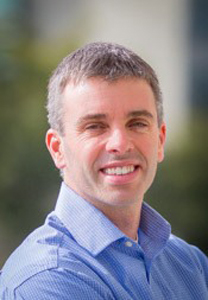Program Information
Future of Radiation Therapy Safety
D Low1*, S Mutic2*, K Moore3*, (1) UCLA, Los Angeles, CA, (2) Washington University School of Medicine, Saint Louis, MO, (3) University of California, San Diego, San Diego, CA
MO-A-500-1 Monday 8:00AM - 10:00AM Room: 500 BallroomRadiation therapy has undergone considerable changes in the past 20 years. The complexity of radiation therapy treatments has increased and there has been a corresponding response by medical physicists to adopt new techniques to assure that treatments are safely delivered. Quality assurance equipment manufacturers have developed devices that substantially aid the medical physicist in measurement and analysis of treatments. The radiation therapy delivery device manufacturers have also stepped in, modifying their traditional approach to device manufacturing and providing extensive equipment operation recording and to a lesser extent reporting. Treatment planning system vendors have also provided tools to aid medical physicists in developing critical treatment planning quality assurance processes.
This symposium examines some of the current quality assurance technology research. It presents research into tools that will provide the treatment planner insights regarding the absolute quality of a specific treatment plan, methods for automatically and redundantly assuring that the proper patient is being treated in the proper location, in highly automated redundant checks of treatment plan delivery quality. Many of the techniques that will be described are looking for rare but potentially catastrophic errors, including human error, process errors, equipment failure, and software bugs. One of the challenges for designing and implementing these techniques includes the assumption that there will be little or no additional manpower available to implement and monitor these techniques. Therefore, most of the presented research will utilize autonomous functions and workflows that either involve no additional manpower efforts or improve the efficiency of existing efforts.
Learning Objectives:
1: Teach the challenges that medical physicists face in an ever increasingly complex medicine.
2: Show examples of novel quality assurance technologies that improve the stability and quality of treatment plans.
3: Show examples of autonomous software and quality assurance workflows that monitors the treatment planning and delivery process to identify errors.
4: Show examples of techniques that expand the ability of medical physicists to provide expert advice.
Contact Email:







